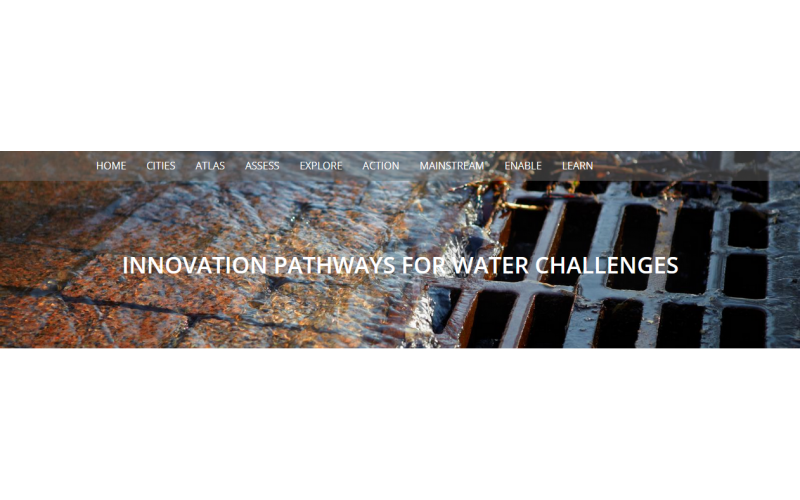Growing urban populations around the world are causing a rising demand for water. Concurrently, changing climate is increasing extreme events in cities, from drought to floods, with severe social and economic consequences. One in four large cities already faces water stress, and demand for water is projected to increase 55% by 2050. These calls for extensive renewal and expansion of urban water infrastructure, changes that provide opportunities to re-design, retrofit and better manage water resources to deliver multiple benefits for all. The nature-based solutions described here demonstrate how five cities work with nature and technological solutions while recognising the complexity of urban water systems, their relationship with the built environment and green infrastructure, and interconnections with communities and stakeholders. Rethinking water in cities, new partnerships and funding arrangements, new ways of working, enhanced public participation, increased collaboration, and long-term city planning are key factors to achieve environmental, social and economic benefits and create healthier, more resilient and more prosperous cities.

